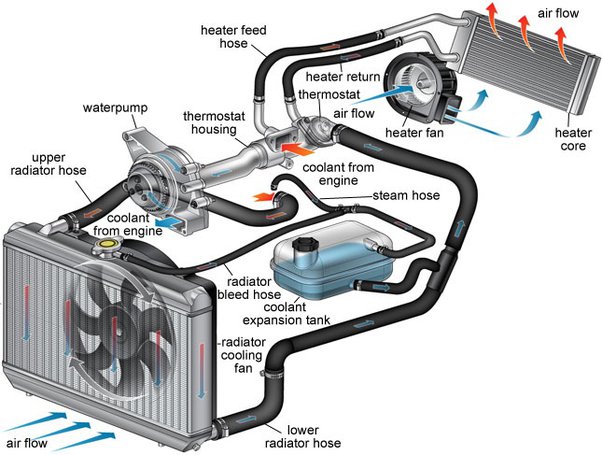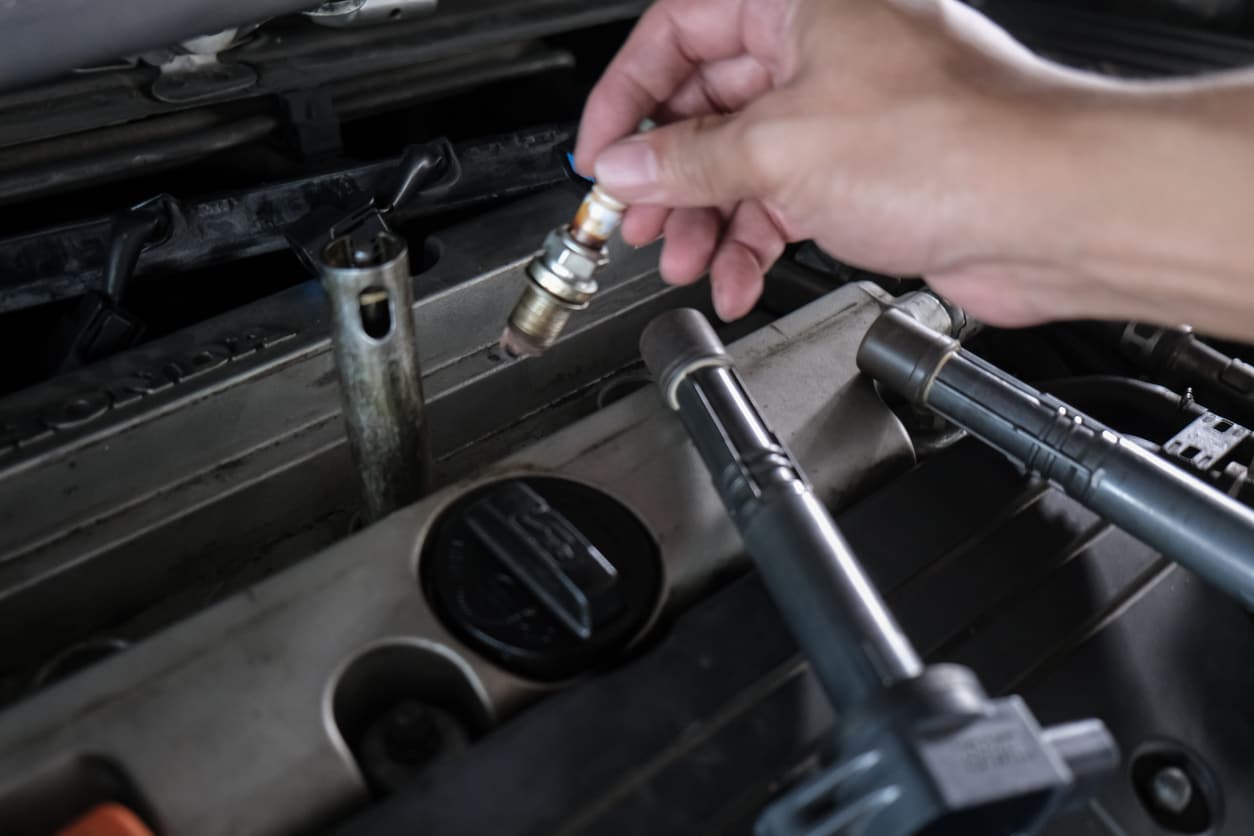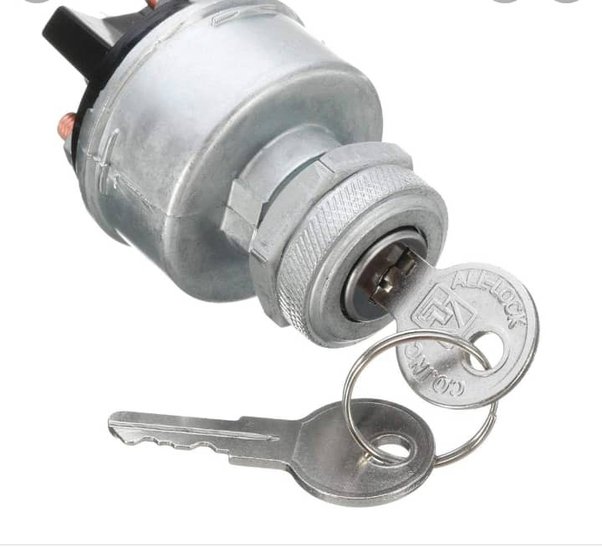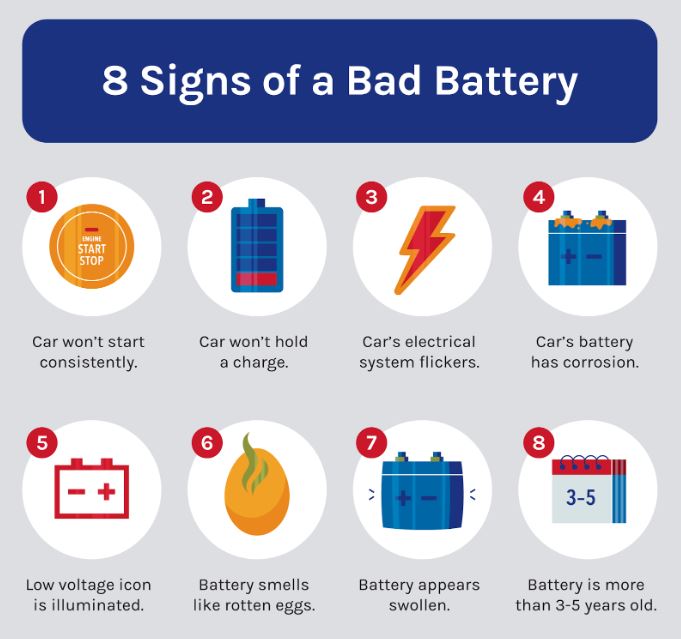Does the Car Need to Be Running When Adding Coolant
No, the car does not need to be running when adding coolant. The engine should be cool to avoid injury.
Ensuring your vehicle’s cooling system is functioning correctly is crucial for engine performance and longevity. Coolant, also known as antifreeze, maintains the engine’s temperature within optimal limits. Over time, the coolant level can drop, prompting the need for a top-up to prevent the engine from overheating.
Car owners can easily check and replenish their coolant levels as part of regular maintenance. Proper handling of coolant is important; it should be added when the engine is cool to prevent burns from hot components or splashing coolant. Remember to use the correct type of coolant for your car, as specified in the owner’s manual, to maintain your engine’s health and safety.
Risks Of Adding Coolant To A Hot Engine
Regular maintenance of your car often includes checking and adding coolant. But beware of the risks when working with a hot engine. Doing so could cause more harm than good. Thus, understanding the right time and method for adding coolant is crucial for your safety and the longevity of your engine.
Thermal Shock And Its Consequences
Thermal shock occurs when a cold liquid contacts a very hot surface, leading to rapid cooling. This can cause engine parts to crack or warp unexpectedly due to stress from rapid temperature changes. Such damage can be costly and time-consuming to repair. It’s wise to let the engine cool before adding coolant, to avoid potential engine damage.
Increasing The Risk Of Burns
When your car has been running, the engine and surrounding components reach high temperatures. If you remove the cap from a hot radiator or coolant reservoir, the pressure built up inside can cause hot coolant to spray out. This presents a high risk of severe burns. Always wait for the engine to cool down to a safe temperature before attempting to add coolant.
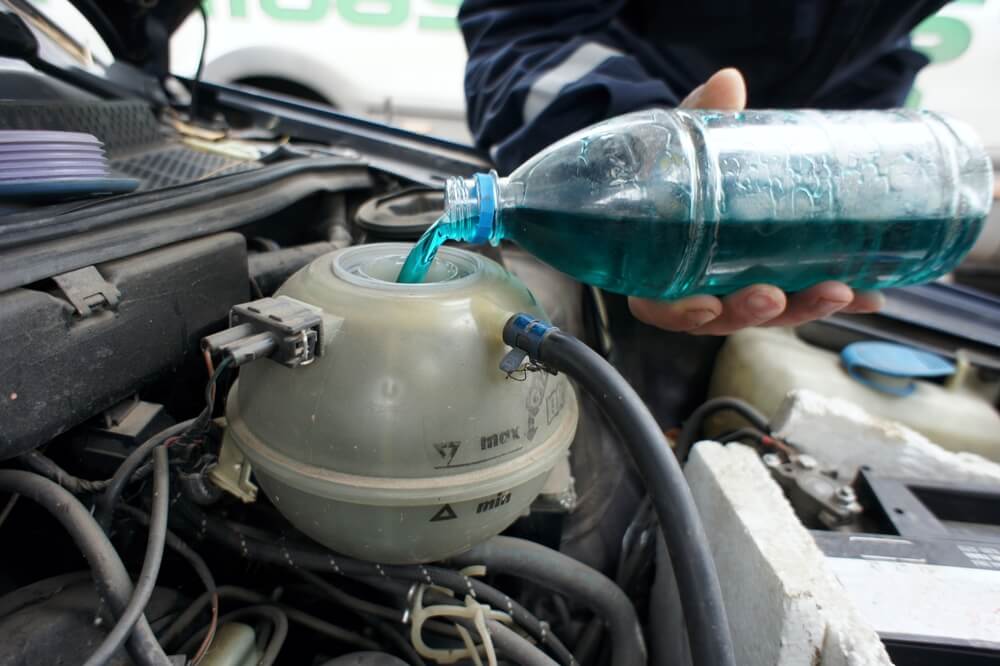
Credit: driving-tests.org
Ideal Conditions For Adding Coolant
Maintaining your car’s coolant level is crucial. Knowing the ideal conditions for adding coolant keeps your engine happy. Safety and accuracy always come first. Follow these simple guidelines to ensure a smooth process.
Engine Temperature And Safety
Checking the engine temperature is vital. Never open the radiator cap when the engine is hot. The risk of burns from steam or hot coolant is high. Always wait for the engine to cool down. A cold engine ensures a safe top-up.
- Turn off the engine.
- Wait until the radiator is cool to the touch.
- Use a rag to slowly twist off the cap.
- Inspect the coolant level in the overflow tank.
By ensuring a cool engine, you protect yourself and your car. Wear gloves and safety glasses for extra protection. This simple step keeps you safe while maintaining your vehicle.
Manufacturer’s Recommendations
Always consult the car’s manual. Different cars have specific needs. Adhere strictly to the manufacturer’s guidelines to avoid issues. Consider the type of coolant required. The manufacturer specifies whether to mix with water or to use pre-mixed.
Reference the manual for correct ratios. This ensures the coolant works efficiently. Check for any special procedures. Some cars may require bleeding air from the system. Others might have self-bleeding systems.
| Type of Coolant | Mix Ratio | Special Procedure |
|---|---|---|
| Ethylene Glycol | 50/50 | Air Bleeding |
| Propylene Glycol | 50/50 or 70/30 | No Bleeding Needed |
Following these recommendations ensures the long life of your engine. Looking after your car correctly prevents costly repairs. Add coolant under the right conditions for peak performance and safety.
Proper Steps For Adding Coolant
Keeping your vehicle’s coolant at the proper level ensures a cool and happy engine. Stay on top of your car’s health with these foolproof steps for adding coolant.
Checking Coolant Levels: A Pre-requisite
Checking Coolant Levels: A Pre-requisite
Before you add coolant, it’s crucial to check current levels. Your engine should be cool to the touch to prevent injury. Locate the coolant reservoir; it’s usually transparent with level markings. If the liquid doesn’t reach the “Full” line, more coolant is needed.
Filling the Coolant: A Step-by-Step Guide
Filling The Coolant: A Step-by-step Guide
- Ensure the engine is off and cold.
- Twist the reservoir cap off with a cloth.
- Prepare a mixture of coolant and distilled water if required.
- Pour the coolant into the reservoir.
- Stop when you reach the “Full” line.
- Replace the cap tightly.
- Run the engine to circulate the new coolant.
- Recheck the level and top off if necessary.
Tighten all caps and clean any spills to finish.

Credit: www.yourmechanic.com
Common Misconceptions About Coolant Addition
Common Misconceptions About Coolant Addition stir confusion among many car owners. Knowing when and how to add coolant is crucial for proper vehicle maintenance. Yet, various myths lead to errors that can damage the engine. Let’s debunk these myths and set the facts straight about safely topping off your coolant.
Myth Vs. Reality: Engine Running During Coolant Top-off
Myth: You must have the engine running when adding coolant.
Reality: This statement is false. Adding coolant while the engine is on can lead to injury from hot fluid splashes. The correct method is to add coolant to a cool engine. The engine should be off and cooled down to avoid burns from the escaping steam or hot coolant.
The Right And Wrong Time To Open The Radiator Cap
Understanding when to open the radiator cap is crucial to safety and car health.
- Wrong: Never open the radiator cap when the engine is hot. Steam pressure buildup can cause serious injuries.
- Right: Wait for the engine to completely cool. This may take at least 30 minutes after turning off the engine.
Following these guidelines ensures a safe coolant top-off without risking personal harm or damage to your engine components.
Long-term Vehicle Maintenance And Coolant
Caring for a car demands attention to detail, especially when handling coolant levels. Coolant plays a pivotal role in preventing overheating and corrosion. Overlooking its maintenance can lead to significant engine troubles. Understanding the right way to maintain coolant levels is key in ensuring a vehicle’s longevity.
Routine Checks To Avoid Emergency Situations
Regular checks prevent unexpected issues. Make it a habit to inspect coolant levels often. Follow these steps for effective monitoring:
- Visually inspect the coolant reservoir regularly.
- Check for leaks under the car that could indicate a problem.
- Monitor the temperature gauge on your dashboard.
- Ensure you top off coolant during regular service intervals.
Understanding Coolant Types And Their Significance
Selecting the correct coolant type is crucial. Each coolant has specific properties and serves distinct functions. Refer to the owner’s manual to find the recommended type.
| Coolant Type | Key Function |
|---|---|
| Inorganic Additive Technology (IAT) | Suitable for older models, prevents rust |
| Organic Acid Technology (OAT) | Long-lasting, provides anti-corrosion benefits |
| Hybrid Organic Acid Technology (HOAT) | A blend offering broad protection |
Remember, using the wrong coolant can lead to engine damage. Always match the coolant to your car’s requirements.
Frequently Asked Questions For Does The Car Need To Be Running When Adding Coolant
Should The Engine Be On When Adding Coolant?
No, the engine should not be on. For safety, the car should be turned off and cooled down to prevent burns from hot coolant or steam that could erupt if the coolant is added to a hot engine.
Can I Add Coolant To My Car Myself?
Yes, you can add coolant yourself. Make sure the engine is cool, open the radiator cap or coolant reservoir, and pour the coolant into the designated area until it reaches the full line.
How Often Should I Check My Car’s Coolant Level?
It’s good practice to check your car’s coolant level regularly, at least once a month, or before a long trip. Always ensure the car is cool before checking to avoid any injuries.
Do I Need To Use A Specific Type Of Coolant?
Yes, it’s important to use the correct type of coolant for your vehicle. Check your car’s owner’s manual for the recommended coolant type or consult with a professional for the right product.
Conclusion
Wrapping up, adding coolant to your vehicle is straightforward. Ensure the engine is cool before doing so. This ensures safety and proper coolant level checks. Remember, regular maintenance keeps your car running smoothly. Keep these tips in mind for optimal vehicle care.

